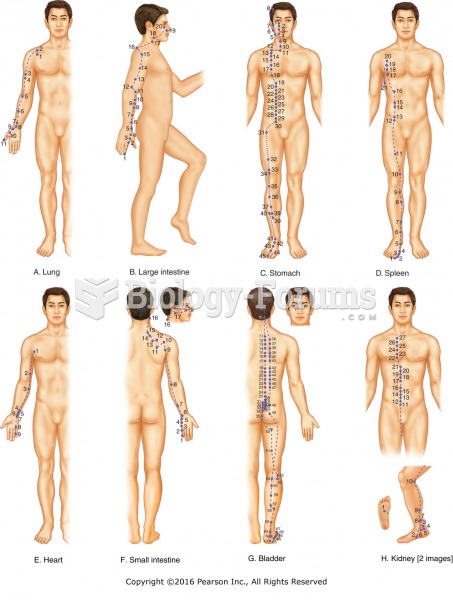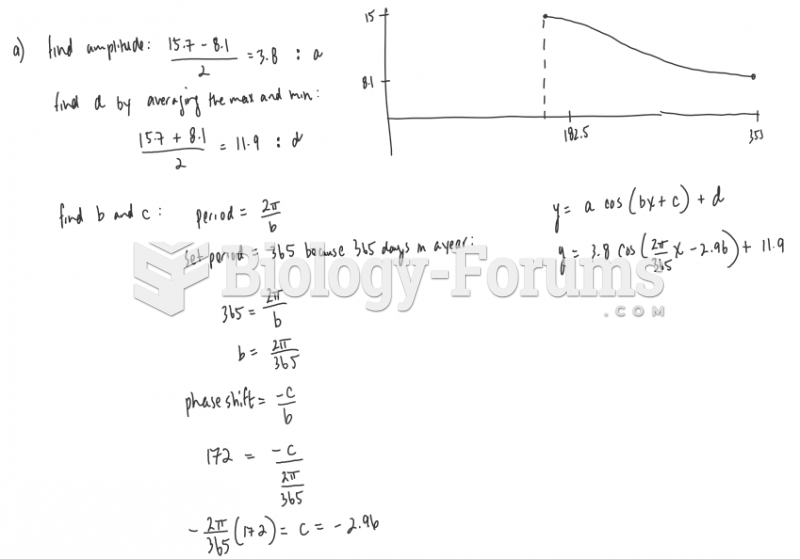Answer to Question 1T
Answer to Question 2Most residential neighborhood soil is healthy enough to support the growth of trees, turf, and
landscape plants. However, the downtown tree has an average life expectancy of only 10 years due
to soil and environmental extremes.
The downtown tree is often planted in a small soil pit or an elevated planter with an extremely
restricted root zone and surroundings covered by pavement. Below the pavement is a soil base that was
severely compacted by contractors to support the pavement. This treatment restricts aeration and raises
mechanical resistance to root growth. Trees that survive often do so by sending roots into better soil on
the other side of the pavement. These roots, however, may buckle the pavement, and may be cut off
for public safety.
Such problems can be remedied by heavy modification of existing soil or by creation of a wholly new
structured soil. In areas of relatively open soil exposed to extreme compaction, such as boulevards, a
modified soil may work. In paved areas, a structured soil is better.
Modified soils use regular soil with additional treatments. Any subsoil compaction should be broken
up, then an A and B horizon built with modified soil. Finally, soil should be slightly compacted to
prevent later settling.
A modified soil consists of soil with a large amount of inorganic or organic amendments added.
Inorganic materials include coarse sand, perlite, cindered fly ash, and other materials. These
amendments are added in amounts that cause grains to touch each other to form little bridges that
prevent compaction and that create many large pores.
Organic amendments may be used, but they tend to be temporary. Such materials should be composted
to prevent nitrogen-tie and settling due to rapid decay. Examples of good materials include composted
milled pine bark or redwood bark and sphagnum peat.
The designed soil should be added to create A and B horizons to a minimum depth of 18 inches, an
optimum depth of 24 to 36 inches, and a maximum of 48 inches. Or, a thin layer of 4 to 6 inches
topdressing to rebuild an A horizon may be useful, but only if the subsoil is not compacted, is
adequately drained, and can qualify as a B horizon.
Structured soils are radically different from existing soils. They were developed by the Urban
Horticulture Institute at Cornell University. Structured soils create a rooting zone under pavement
while preserving a stable base for that pavement. The primary component of structured soils is crushed
stone, into which clay loam soil and a water-absorbing gel is mixed to help hold water and to glue
the whole thing together. This mixture will meet the load-bearing needs of pavement and creates a
rigid lattice that contains large voids for air exchange that can be explored by roots. The soil
occupying a portion of those voids then supports root growth.







